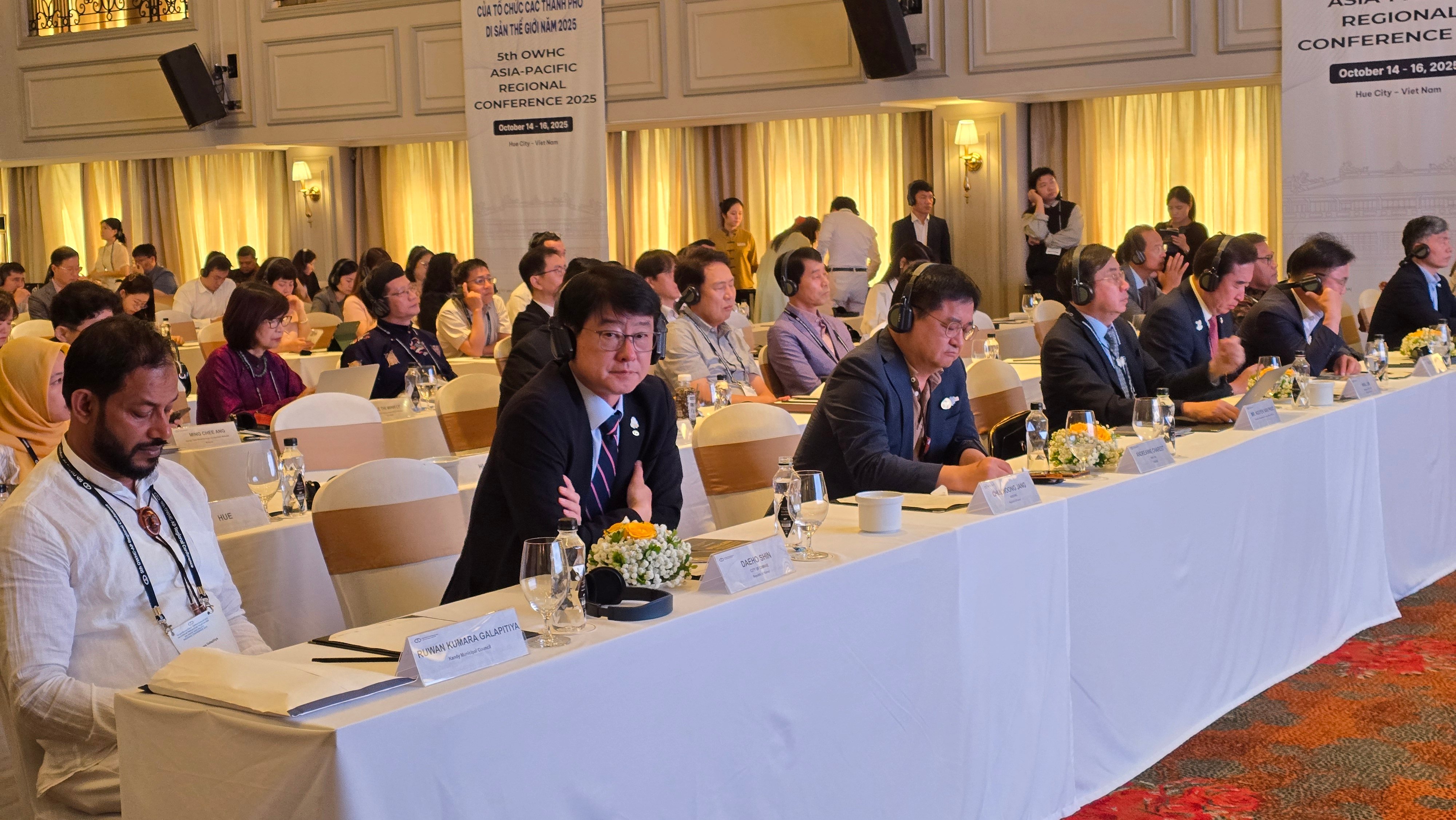 |
| Delegates attending the workshop |
The workshop brought together experts, leaders of heritage cities and representatives of international organizations in the region, to share perspectives, experiences and solutions for sustainable urban development associated with heritage conservation.
Heritage is not just an “open-air museum”
In his opening remarks, Mr. Mikhael de Thyse , Secretary General of the OWHC, emphasized that heritage cities around the world are facing a series of challenges from climate change, geopolitical turmoil to economic crisis and social pressure.
“We must act faster and more effectively. Heritage cities cannot be just open-air museums, but must become laboratories for urban innovation , where heritage is linked to life and creativity,” he said.
From that spirit, OWHC initiated the New Urban Project (NUP) , aiming to turn heritage into a proactive resource for 21st century cities.
According to Mr. Mikhael, NUP focuses on four core priorities: housing, public space, urban transport and urbanism , aiming to recreate sustainable living spaces based on heritage.
The project will be launched in 2026, with a common framework and methodology for member cities to apply in their local development strategies. “We look forward to more active participation from Asian countries – a region with many heritage cities that are transforming strongly,” added Mr. Mikhael.
At the discussion session, Mr. Hwal Lim, representative of Gyeongju city (Korea), shared a story about the conflict between conservation and living needs.
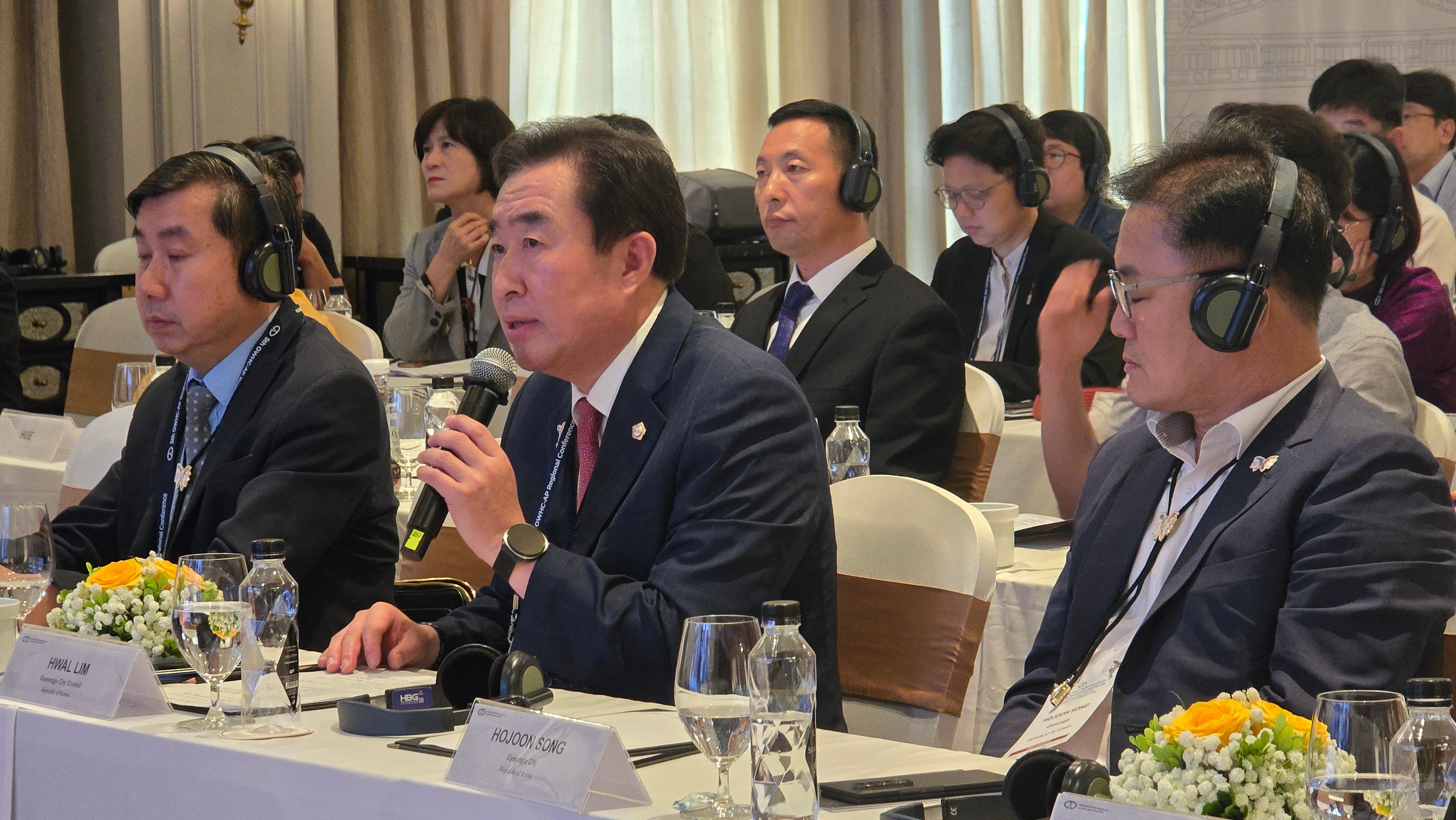 |
| Representative of Gyeongju city (Korea) shared at the forum |
“We are forced to keep the traditional terracotta-roofed houses intact, but this causes residents to suffer from rainwater leakage, insects, and other inconveniences,” said Mr. Hwal Lim. “It is a typical example of the challenge between preserving historical values and ensuring a modern living environment.”
According to him, tourism development, although bringing in large revenues, also brings with it consequences - waste, damaged infrastructure, and pressure on the community. “We need to see heritage not only as a tourism resource, but also as an identity linked to the future of the city,” he emphasized.
From Indonesia, a representative of Sawahlunto city - an industrial heritage recognized by UNESCO - said that the locality is facing the challenge of balancing infrastructure development and preserving ancient industrial areas.
“With limited resources, maintaining, monitoring and restoring heritage buildings is difficult. But if we do not develop, the city will fall behind. This is a difficult situation not only for us but also for many other heritage cities,” the representative shared.
Need for an integrated approach
From Andong (South Korea), the city leader brought a special example of Hahoe village, which holds three UNESCO titles.
According to Andong representative, although the preservation guidelines have been strictly followed, the intrinsic value - the connection between people, culture and living space - has not been fully reflected. "If the value is not recreated and the organic nature is not maintained, this heritage will be difficult to pass on intact to the next generation," he said.
Andong proposed to develop a set of criteria for integrating the conservation of tangible, intangible and documentary materials, and to establish a regular forum for multidisciplinary experts to exchange views.
“Tradition can only live through people, so heritage conservation must also take into account social factors, not just stone blocks and tiled roofs,” the Andong representative emphasized.
Mr. Pham Phu Ngoc, Deputy Director of the Hoi An World Cultural Heritage Conservation Center, shared that after 25 years of being recognized by UNESCO, Hoi An has benefited greatly in terms of tourism development and people's lives, but now faces many new pressures: traffic jams, pollution, noise and rising living costs.
“When tourism develops excessively, the indigenous way of life gradually disappears. Many privately owned relics are not properly maintained due to lack of manpower and traditional materials,” Mr. Ngoc said.
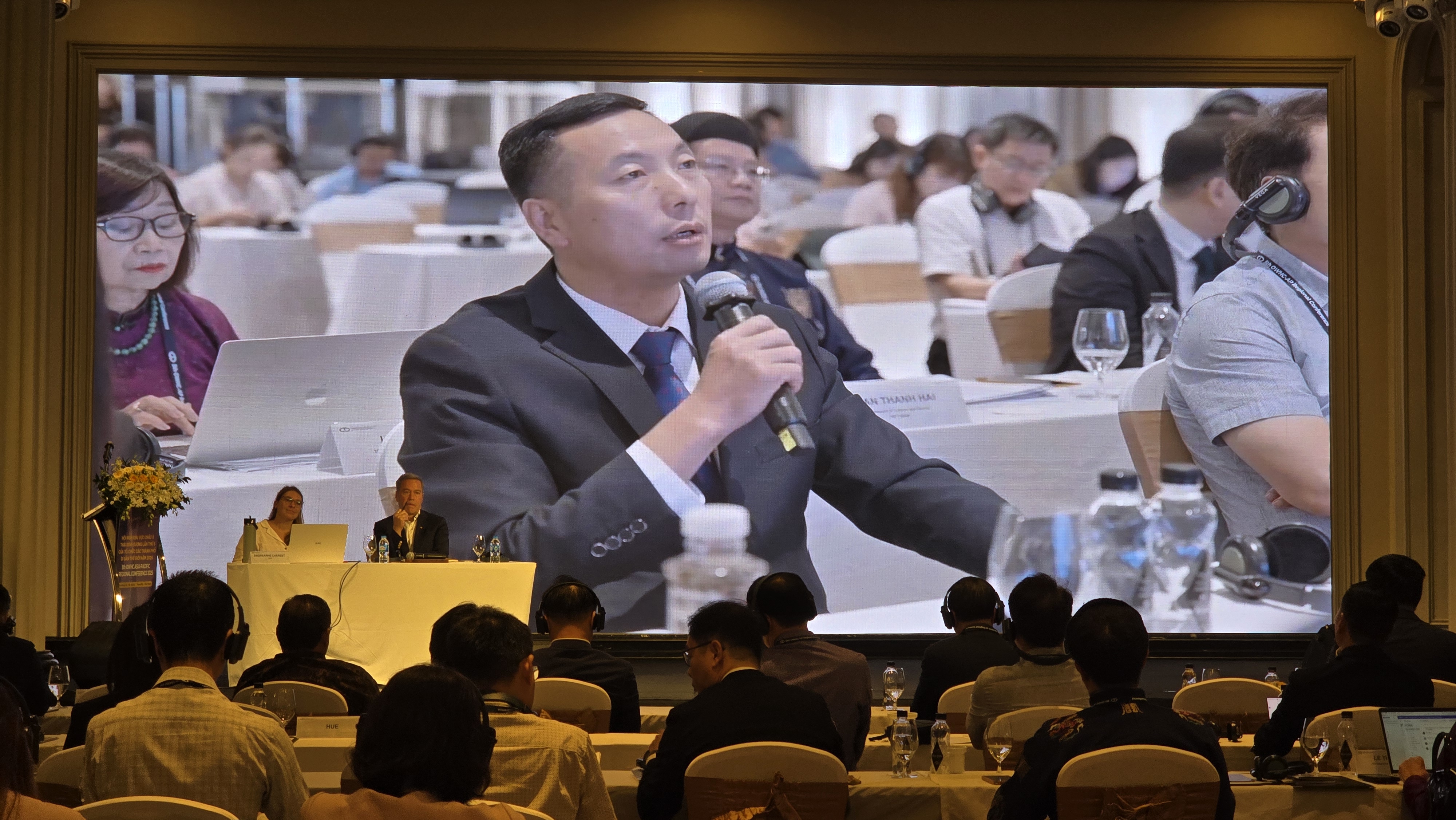 |
| Mr. Vuong Duc Van - Deputy Mayor of Dunhuang City (China) presented the "New City" model |
“New City” - towards symbiosis between conservation and innovation
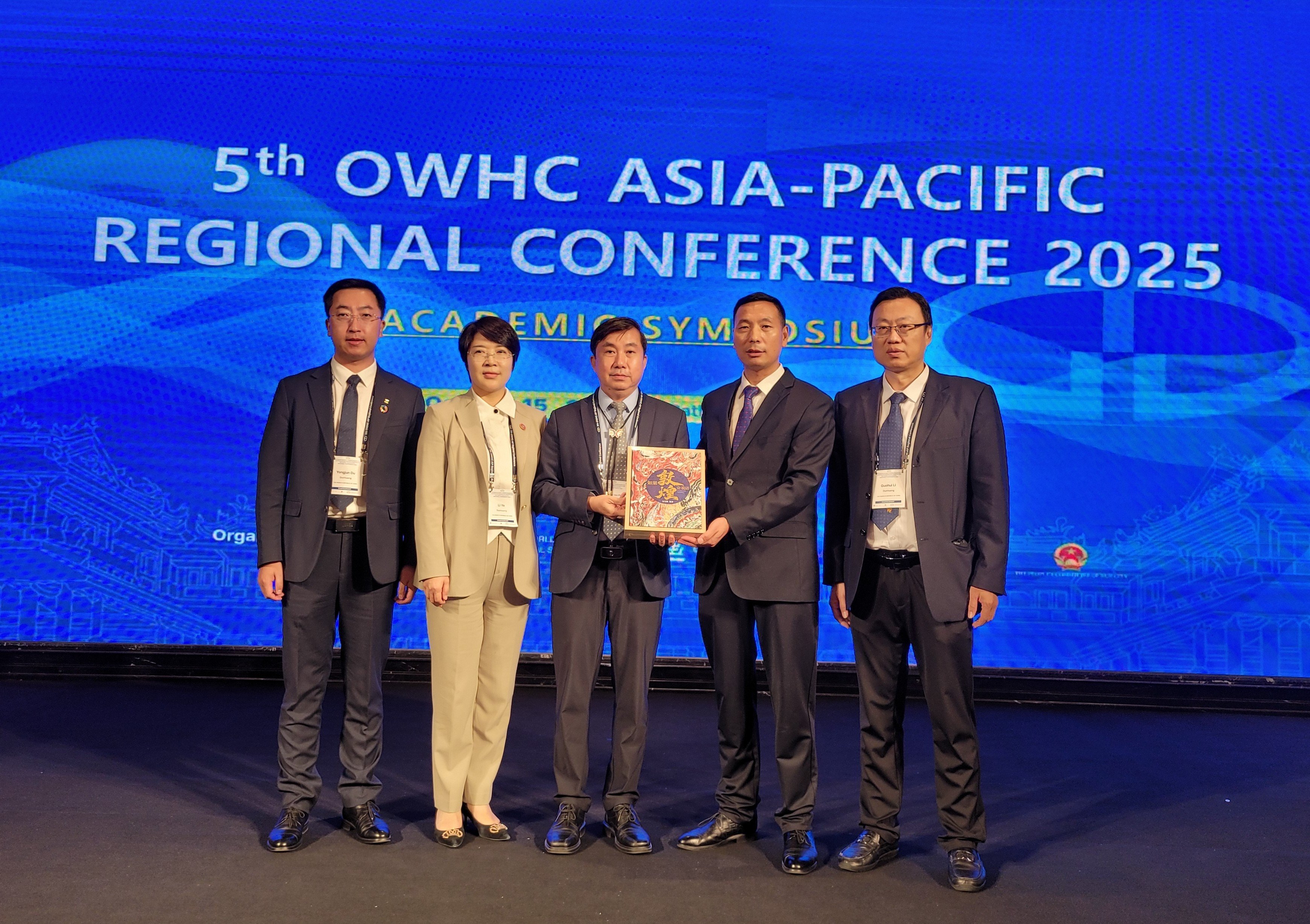 |
| Souvenirs from conference delegates |
According to Mr. Van, to promote this process, it is necessary to establish a regional heritage data sharing platform, a Heritage City Innovation Fund, and an inter-regional expert advisory network, in which Dunhuang is ready to host the World Heritage Expert Alliance on the Silk Road.
“The livability of historic cities lies not only in improving infrastructure, but also in reviving the vitality of heritage. When heritage becomes a source of energy for innovation, it will bring new vitality to modern cities,” Mr. Van concluded.
The workshop opened a new direction for the world heritage city network - where conservation and development are no longer two parallel lines, but two intertwined branches, together nurturing livable cities in the 21st century.
Source: https://huengaynay.vn/van-hoa-nghe-thuat/thong-tin-van-hoa/tim-loi-giai-cho-can-bang-giua-bao-ton-va-phat-trien-di-san-158824.html



![[Photo] The 18th Hanoi Party Congress held a preparatory session.](https://vphoto.vietnam.vn/thumb/1200x675/vietnam/resource/IMAGE/2025/10/15/1760521600666_ndo_br_img-0801-jpg.webp)

![[Photo] Many dykes in Bac Ninh were eroded after the circulation of storm No. 11](https://vphoto.vietnam.vn/thumb/1200x675/vietnam/resource/IMAGE/2025/10/15/1760537802647_1-7384-jpg.webp)
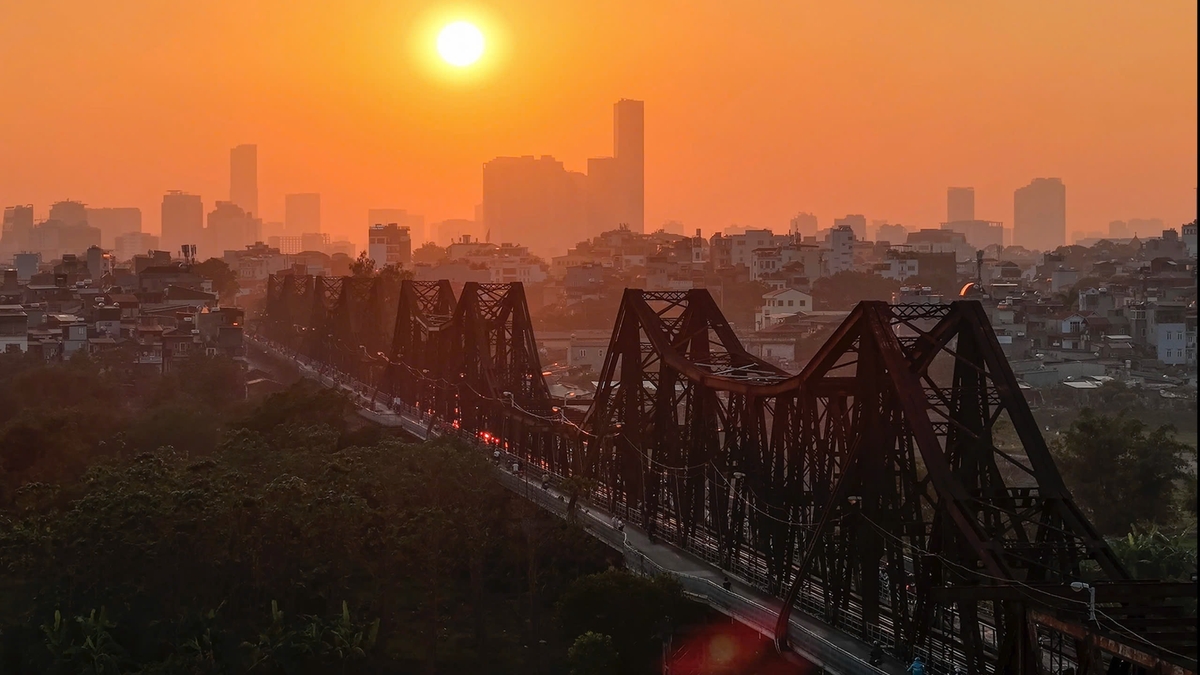
![[Photo] Conference of the Government Party Committee Standing Committee and the National Assembly Party Committee Standing Committee on the 10th Session, 15th National Assembly](https://vphoto.vietnam.vn/thumb/1200x675/vietnam/resource/IMAGE/2025/10/15/1760543205375_dsc-7128-jpg.webp)
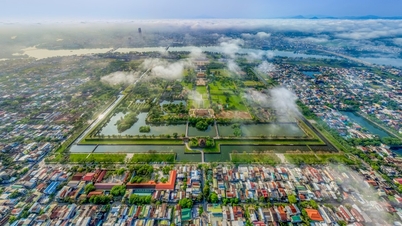
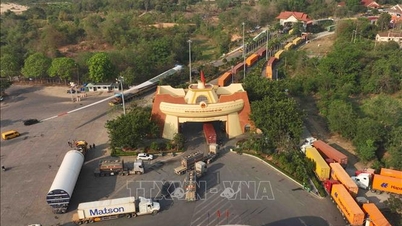

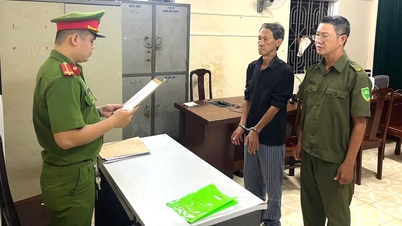
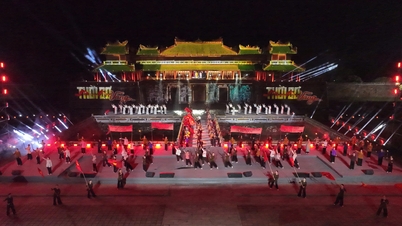
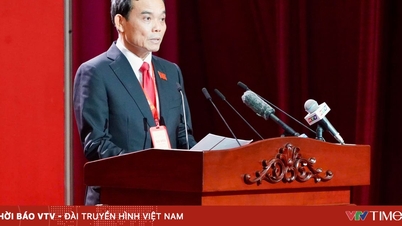




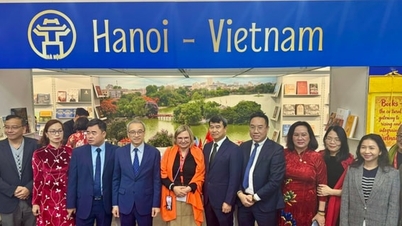
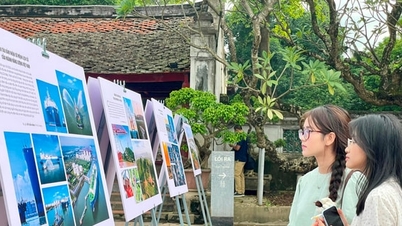
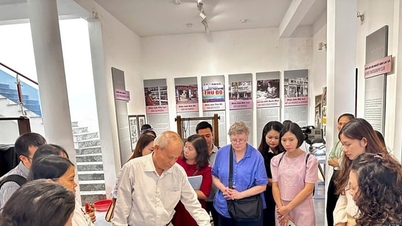
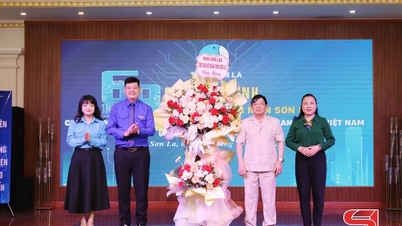

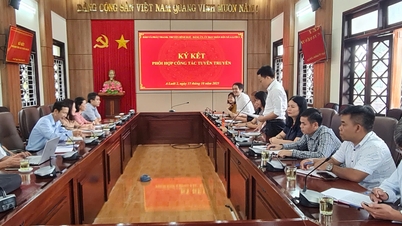




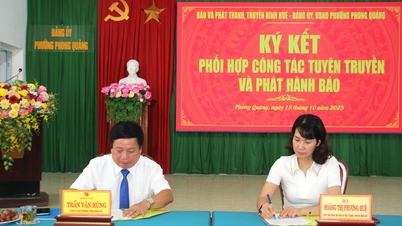
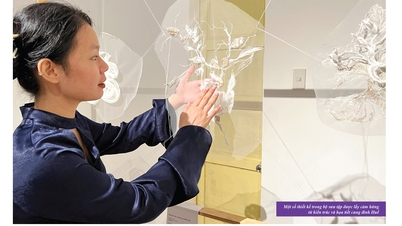
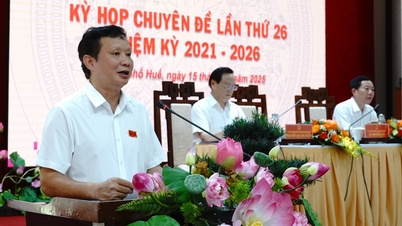
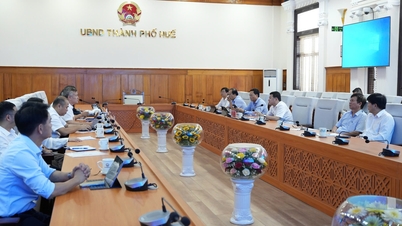
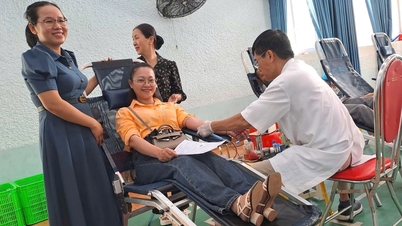
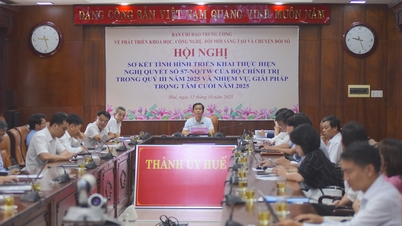
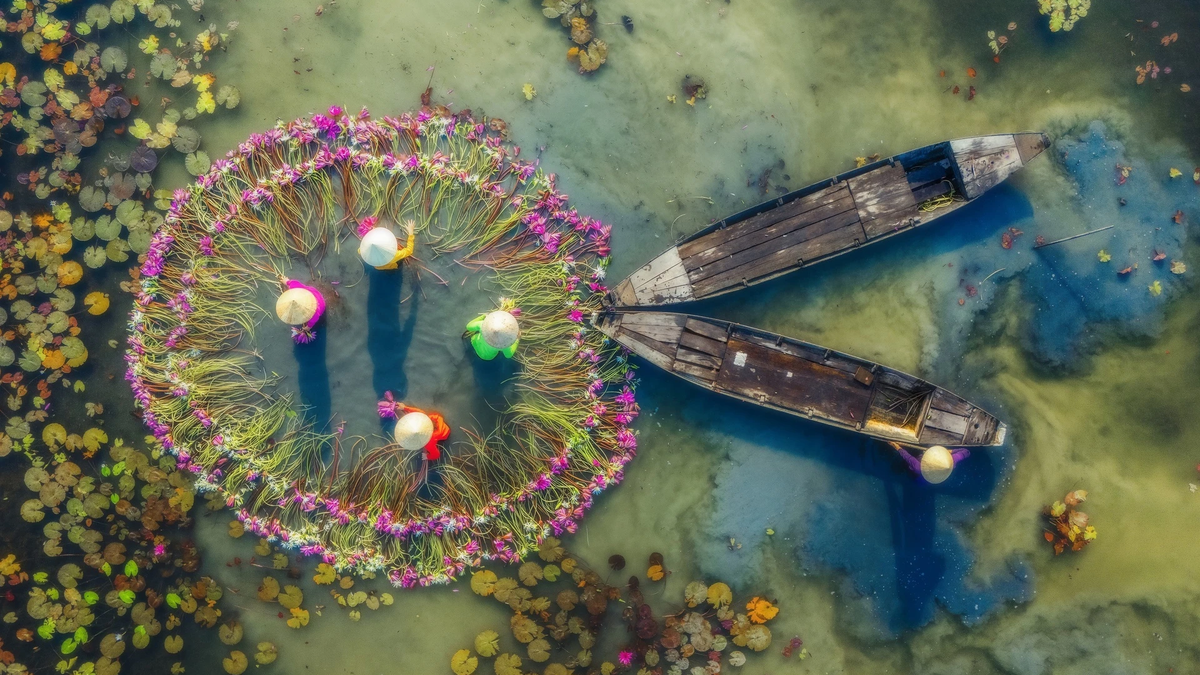
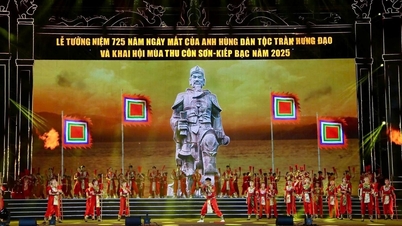

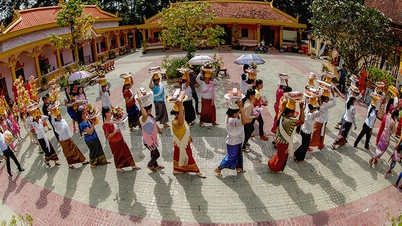

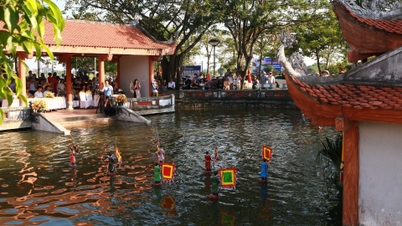

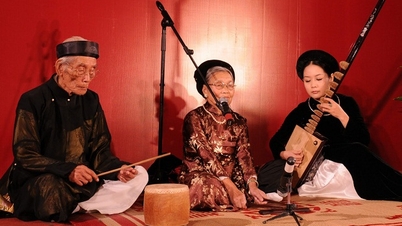

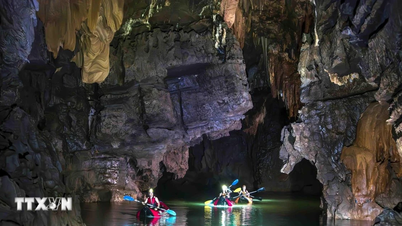

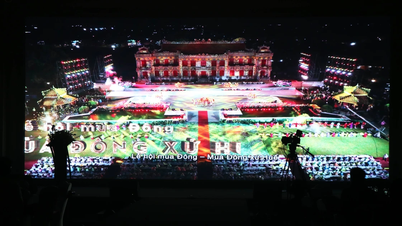
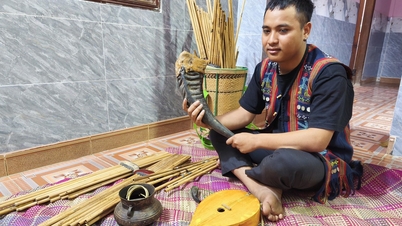

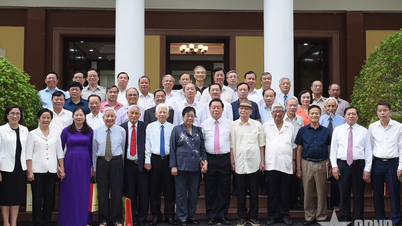

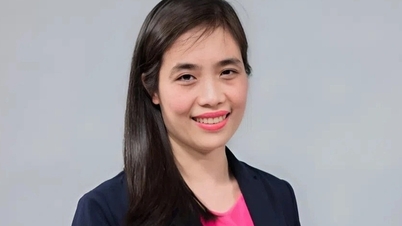

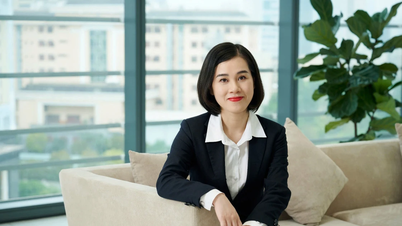
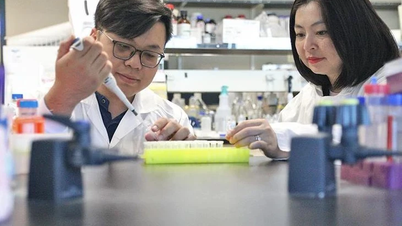

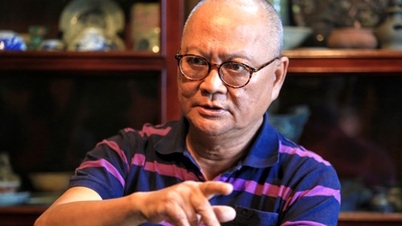
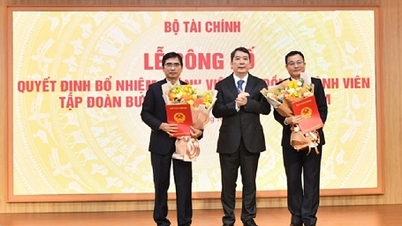

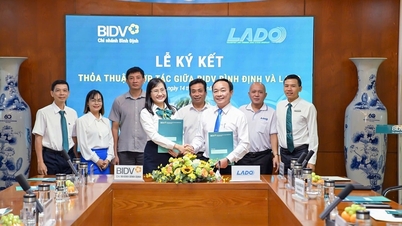

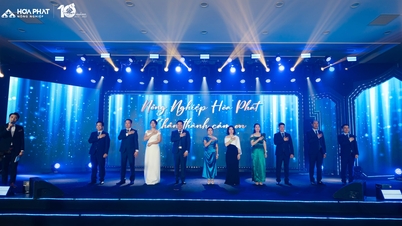

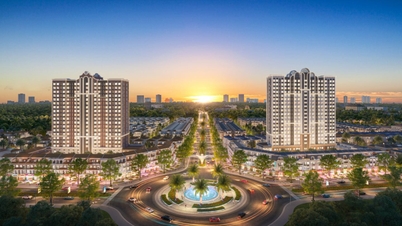







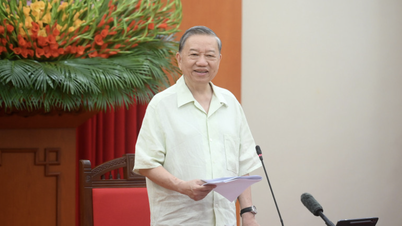
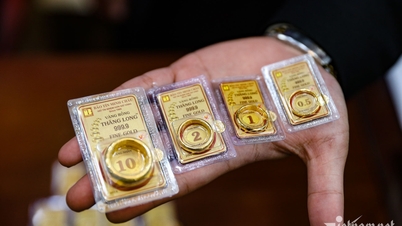

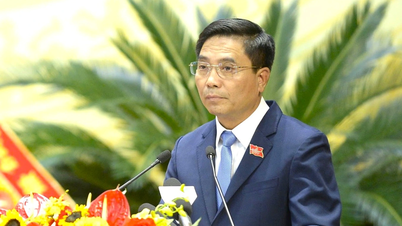
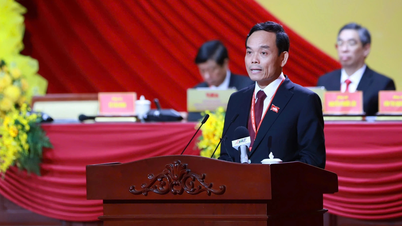
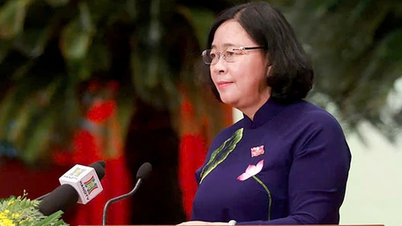

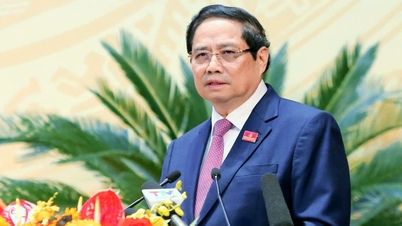
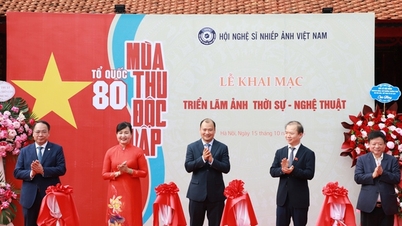

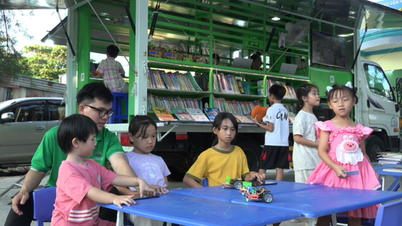
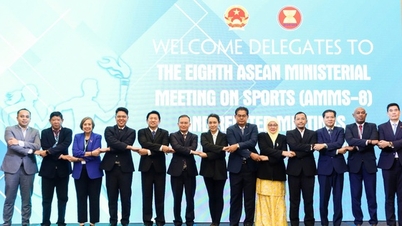
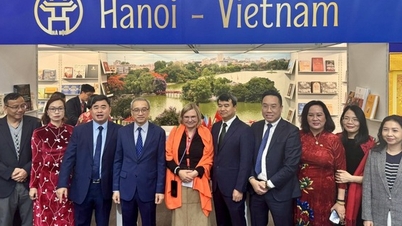
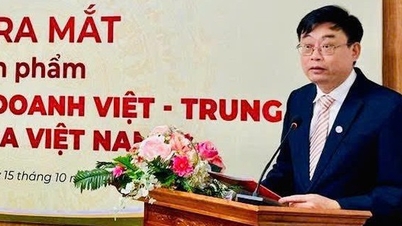

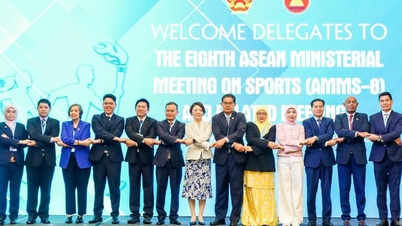
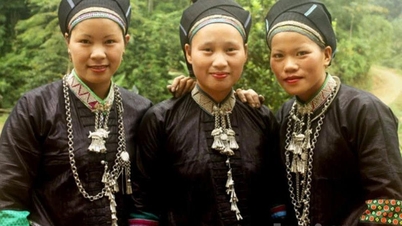


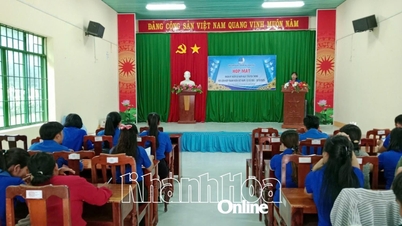

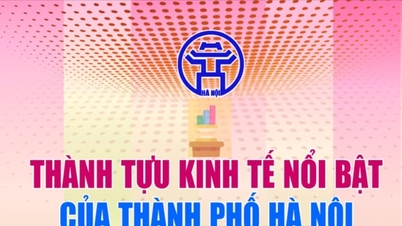
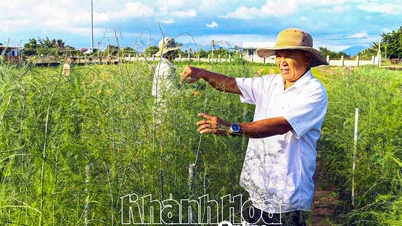





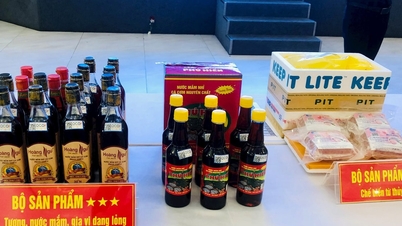









Comment (0)